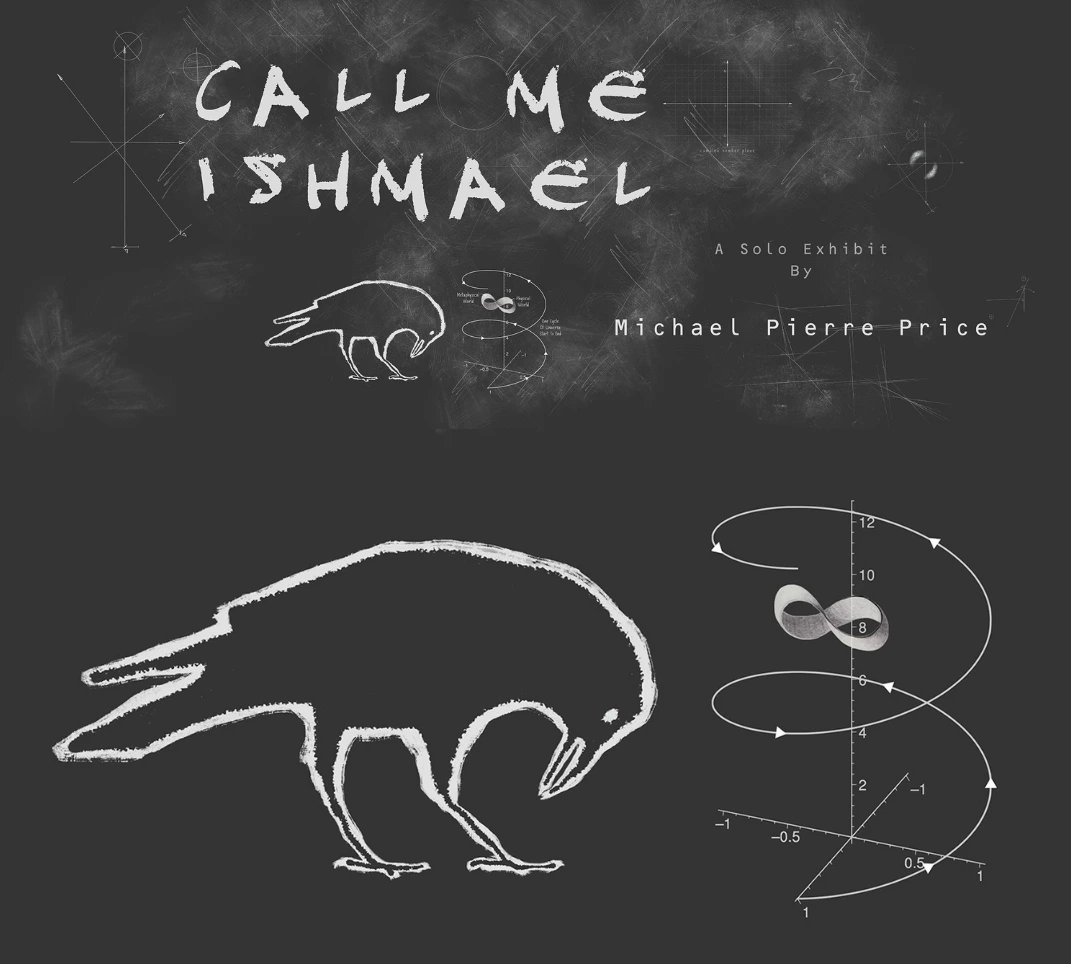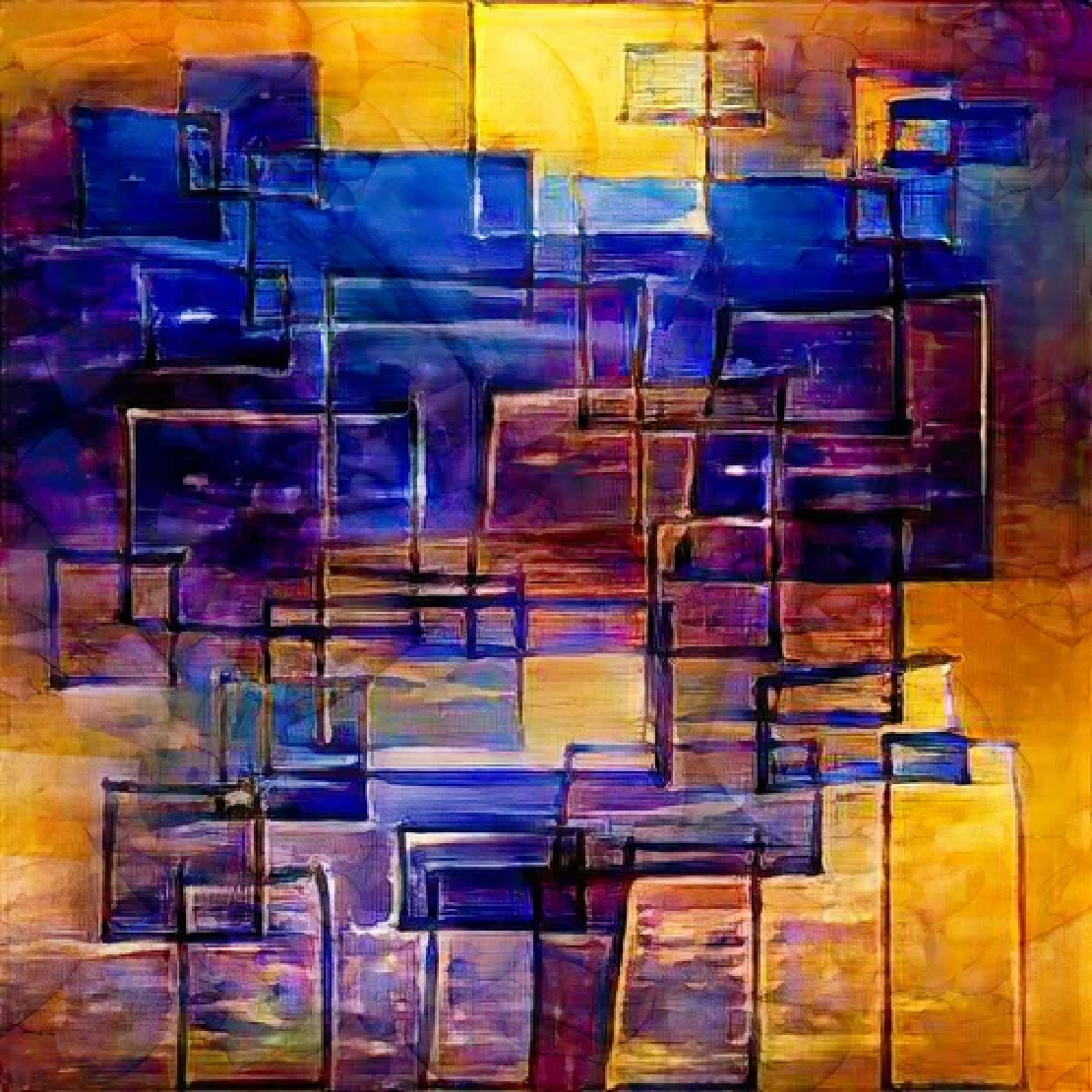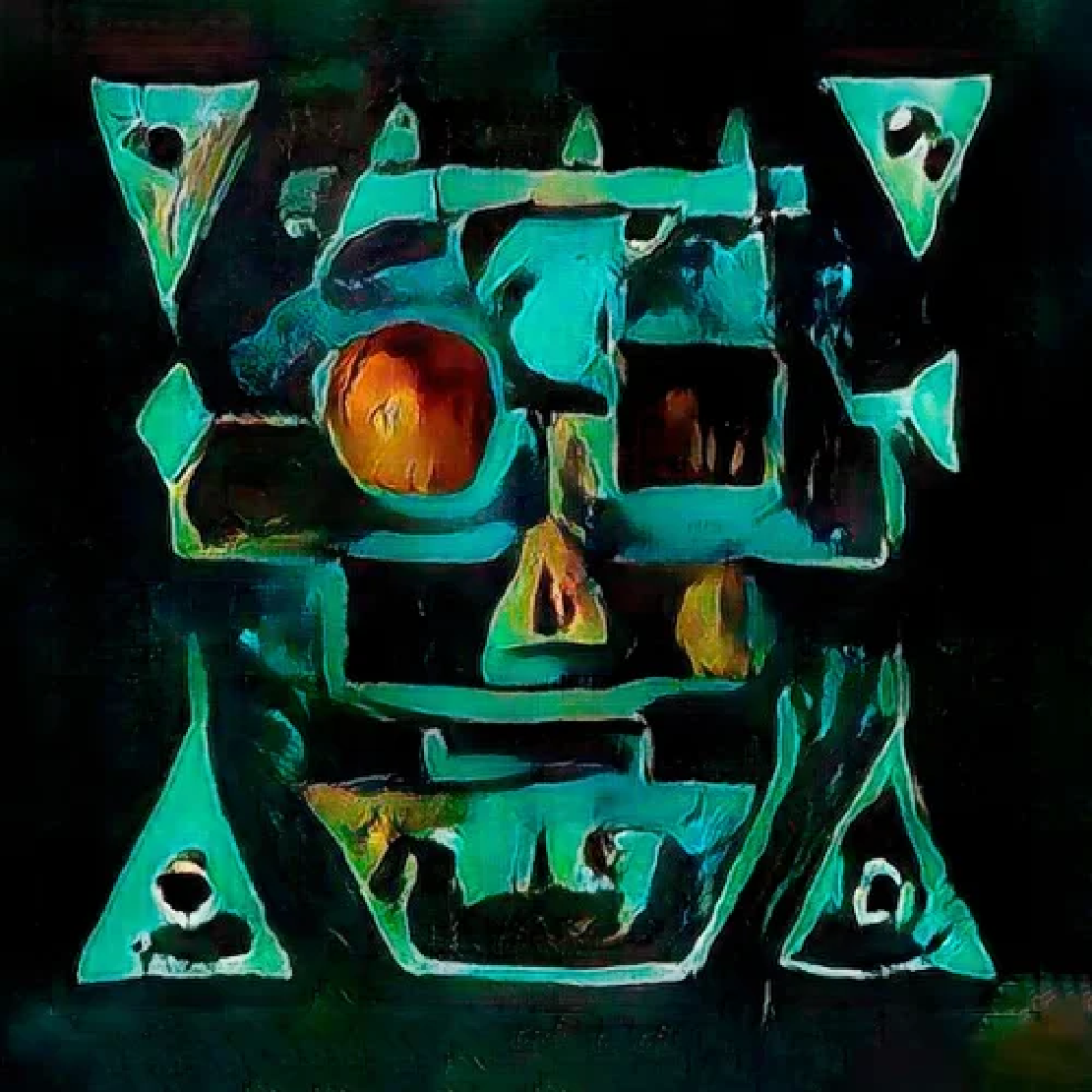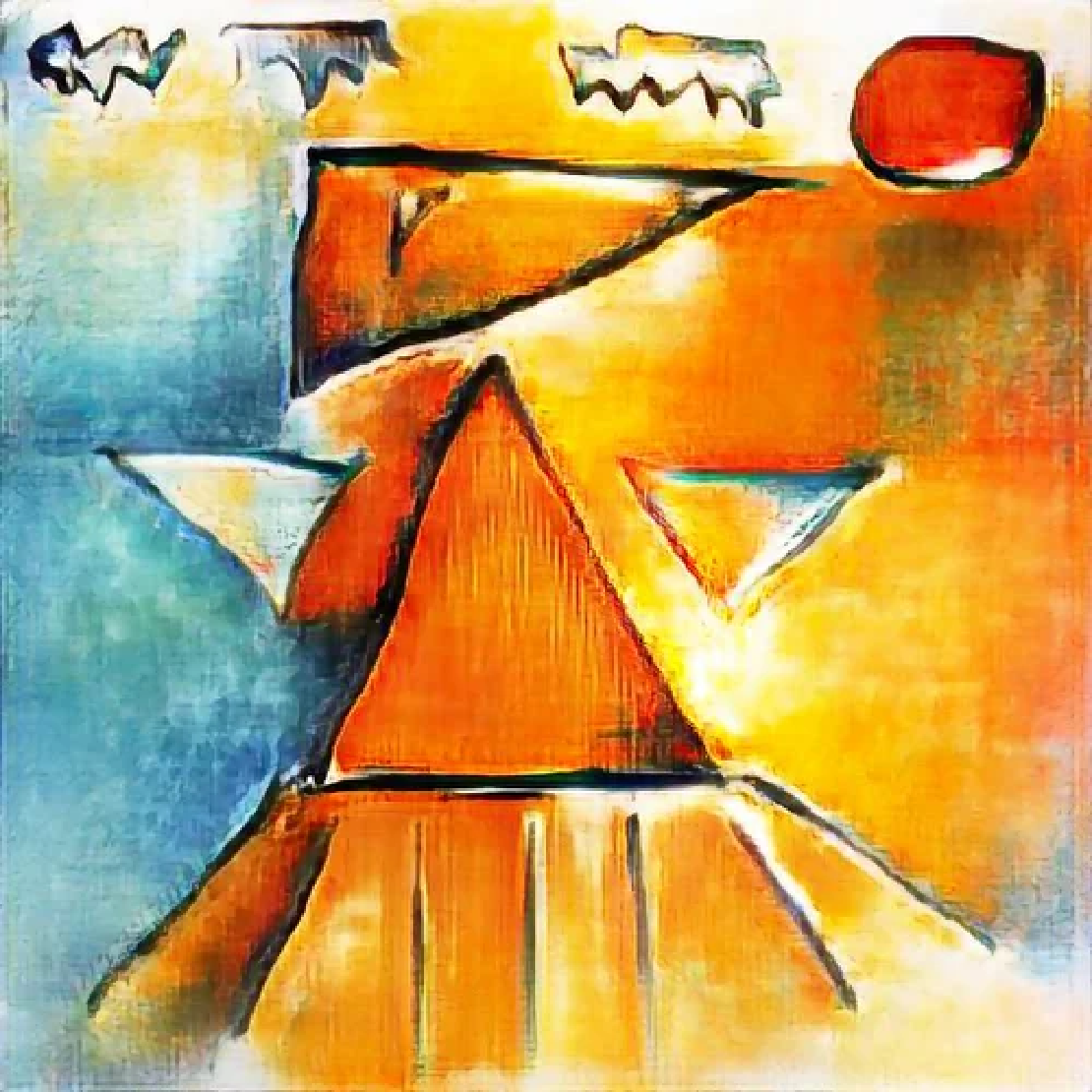Michael Pierre Price Merges AI with Physics & Spirituality

Michael Pierre Price’s Call Me Ishmael presents the artist’s perspective on “the nature of reality, consciousness, and existence” as exhibited through 13 digitally produced works, many of which incorporated Playform AI.
Call Me Ishmael will begin exhibiting September 3rd, 2021 at Five15Arts in Phoenix, Arizona.
Situated between science and spirit, Call Me Ishmael investigates notions of reality, states of being and the chaotic yet incredible human experience. The exhibition unfolds like a story, with each of the 13 selected works portraying a scene. The viewers are given the option to walk through the show on either end of the exhibition. There is no defined beginning or ending, leaving the narrative of the exhibition open to interpretation.
The artist states, “While the story presented in Call Me Ishmael is my personal synthesis of ideas and experiences on the nature of reality, it is also based on the research and teachings from leading physicists, mathematicians, neuroscientists, and spiritual practitioners all working in fields related to understanding the universe, consciousness, and spiritual truth. However, the story is not the only element reflecting cutting-edge thought and research; many of the individual works of art in this exhibit have been created using the latest in AI technology (an outgrowth of brain research and neuroscience). Together with the augmented reality animations layered into much of the artwork and the 33-minute long musical soundscape, Call Me Ishmael is truly a fully-integrated concept on multiple levels.”
Playform Studio Director Mirabelle Alan sat down to discuss Price’s exhibition Call Me Ishmael. Read on for a Q+A with the artist.

Assemblage of Possibilities

Capitaine Fou

Lightning Ghost Bird
Mirabelle: Tell me about your latest exhibition at Five15 Arts, Call Me Ishmael, and the process of creating this body of work.
Michael Pierre Price: In terms of my process - oftentimes, artists talk about their work as a series, or they develop a body of work where they curate down the pieces to the final exhibited selection. For me, I’ve never worked that way, it’s really confounding and foreign to me. Some folks who are gallerists and curators have encouraged me to try to do that, but it’s not for me - so the process of creating this solo exhibition was built upon itself in many ways. Towards the end of last year, I was working on a number of different pieces, and I was just beginning to dabble with Playform AI. I became more interested and intrigued in the process, really exploring and playing with the software. That’s really how this exhibition process began, taking the work I had created from the latter half of last year and building upon it and letting it unfold.
Regarding the core of this show, this exhibition is about my speculation on the nature of reality, existence, and consciousness based on the frontiers and some really solid research that is happening in the areas of physics, neuroscience and artificial intelligence.
M: For those who are not familiar with the research happening in physics, neuroscience and AI, can you summarize that and also how that translates to this body of work?
MPP: There are a number of physicists who are now saying that what we consider space and time may not be fundamental, that the universe may exist more like a network. One neuroscientist named Donald Hoffman has this analogy that the world around us that we see, feel, and touch is more akin to our desktop interface. When we put a file in the trash on our computers, or move a file into a different folder, we’re not thinking about the actual processes that the computer is performing. We’re not thinking about how the memory is being stored or moved around. Our experienced reality is a process of evolution and our conscious brains have trained us to see the outside world as real because it helps us continue to live and exist. This is really where the use of AI comes in for me, and dovetails between all of these concepts; between mathematics, physics and spirituality. And that’s really the genesis of this exhibition, that it lies between all of these concepts, and the use of AI has woven them together.
M: Tell me more about your use of Playform AI and what ways it weaves everything together. Do you find that AI is used just as a theoretical dovetail, or is it the physical result of the AI processes?
MPP: It’s a bit of both. My original and my ongoing use of computers and working in a cyber environment really speaks to my science background. The result of AI becoming a print that then enters into the physical world, there’s this magical transformation that happens. My creative process is outside the physical world, within the digital space, and then that enters into the physical world and becomes a piece of art. I work with a Playform AI as a collaborative partner.
M: The exhibition is titled Call Me Ishmael, why?
MPP: There’s are a couple reasons. I’m hoping that most people will get the reference to Moby Dick by Herman Melville. That they will recall that Ishmael is the sole survivor of a grand tale who then becomes the narrator of that adventure. My exhibition is also story oriented as I postulate a cyclic universe, where there isn’t really a beginning and there isn’t really an end. The setting for this grand story is within the current cycle that we as human beings are in. Inside my three surrealist artworks is a recurring blackbird character that is “the observer” to all that unfolds, and I consider each of the thirteen pieces in the exhibit to be a part of that blackbird’s story.I also consider myself the Ishmael character as the person who’s putting the exhibit together. I want to share this ongoing story that has evolved in my mind and in my heart.